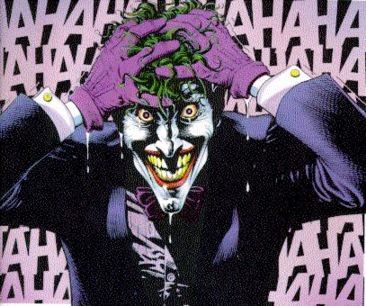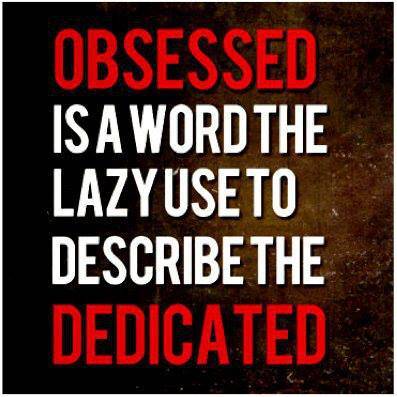I just got a book in the mail called “What To Do When Your Brain Gets Stuck: A Kid’s Guide To Overcoming OCD” by psychologist-author Dawn Huebner. I asked for a copy so I could review it, but it might warrant more than one simple review.
Mood music:
http://youtu.be/HiYK8TDbPRQ
Someone I’m connected to on Facebook got a copy to help her OCD-suffering child. Since the upcoming relaunch of THE OCD DIARIES will have an expanded section for children’s mental health issues, reviewing this seemed natural.
The book, published by Magination Press with illustrations by Bonnie Matthews, guides kids and parents through cognitive-behavioral techniques used to treat Obsessive Compulsive Disorder. I’ve learned a lot of techniques in therapy over the years, but my first impression from this book is that a few more simple tools could have helped me nip this disorder in the bud BEFORE I reached adulthood.
From the synopsis:
Did you know that people have brain sorters that keep their brains from getting cluttered with unnecessary thoughts? Sometimes these brain sorters get mixed up, though, holding onto thoughts that frighten kids. If this has happened to you, if it’s hard for you to feel safe or sure of yourself because scary thoughts have gotten stuck, this book is for you.
Two-plus years into this blog, I’ve never been able to explain it that clearly. I came closest in a post comparing the brain to a car engine.
What To Do When Your Brain Gets Stuck guides children and their parents through the cognitive-behavioral techniques used to treat Obsessive Compulsive Disorder. This interactive self-help book turns kids into super-sleuths, able to recognize and more appropriately respond to OCD’s tricks. Engaging examples, activities, and step-by-step instructions help children master the skills needed to break free from the sticky thoughts and urges of OCD, and live happier lives.
First impressions:
–The illustrations are terrific. Cheers to Bonnie Matthews. She managed to give OCD a face in the form of this little furry guy who resembles the tribbles from Star Trek — with legs. When you can put a face on your nemesis, it’s easier to fight him.
–Huebner scores points with me by setting the exploration of OCD up as a game. Right off the bat, if you can make something look like a game, dealing with it becomes less scary.
–She covers several coping techniques that deserve more attention than I could offer in one post.
I’m going to approach my study of this book from the perspective of a kid who lacked the right tools and allowed OCD to follow him into adulthood.
The author takes kids on an important journey, and it seems fitting to show their parents what happens when their little OCD cases miss out on that journey. I’m the guy who went through puberty and into adulthood with that insidious fur ball following me around. It grew up with me and got a lot uglier and menacing than the little guy in the book.
I’ll look at the different symptoms the author lays out and explain how they manifested themselves in the younger me. From there, I think I’ll be able to tell you how this book — though designed for kids — can be a life-saver for grownups, too.




